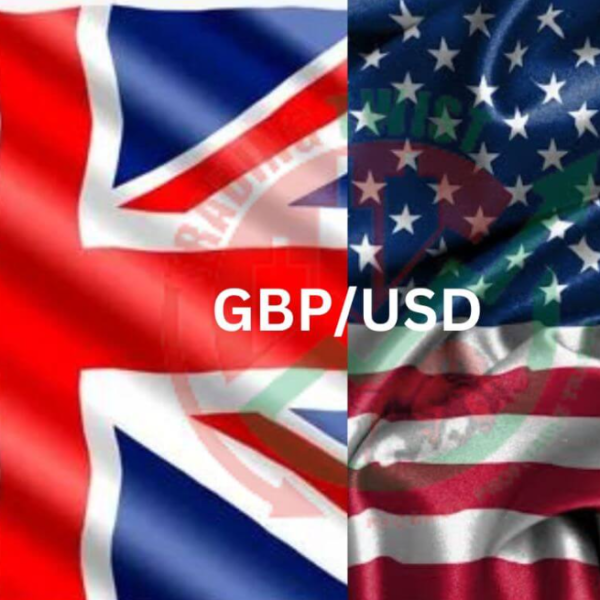The GBP/USD pair gained some positive traction on Thursday and reversed a part of the previous day’s slide to levels just below the 1.2000 psychological mark, or over a one-week low. The pair sticks to its modest intraday gains through the first half of the European session and is currently placed just above mid-1.2000s, albeit it lacks follow-through.
Retreating US Treasury bond yields trigger a modest US Dollar pullback from a six-week high touched on Wednesday, which, in turn, lends some support to the GBP/USD pair. That said, the prospects for further policy tightening by the Fed, along with looming recession risks, help limit the downside for the safe-haven Greenback.
Apart from this, expectations that the Bank of England’s (BoE) current rate-hiking cycle is nearing the end contribute to keeping a lid on any meaningful upside for the major. Investors seem convinced that the US central bank will stick to its hawkish stance and are now pricing in at least a 25 bps lift-off at the next two FOMC meetings in March and May.
The bets were reaffirmed by the US CPI report on Tuesday and the recent comments by several FOMC officials, stressing the need for additional intrada rate hikes to gain control of inflation fully. This, in turn, might hold back traders from placing aggressive bearish bets around the USD and caps the GBP/USD pair.
In contrast, the softer-than-expected UK consumer inflation figures released on Wednesday ease pressure on the BoE to deliver aggressive rate hikes in the future. This warrants some caution for the GBP/USD bulls and positioning for any other intraday-appreciating move.
Traders now look to the US economic docket – featuring the Philly Fed Manufacturing Index, the usual Weekly Initial Jobless Claims, Building Permits, and Housing Starts – for some short-term opportunities.

